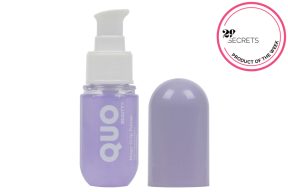Gone are the days when exfoliating acids were things we only got to play with in the dermatologist’s office. As skincare products become more innovative, high-performance actives are starting to trickle down to more everyday vanities, which means that more of us have access to the quality stuff that is the secret to getting that coveted, glowy skin. At the same time, there are also plenty of ways to overdo it acids can actually hurt your skin instead of healing it if you’re not careful. It’s always a good (and necessary) rule of thumb to do your research before you dive into anything new. Fortunately, this time we’re going to save you the trouble. Here’s the low-down on the stuff absolutely everyone is talking about these days.
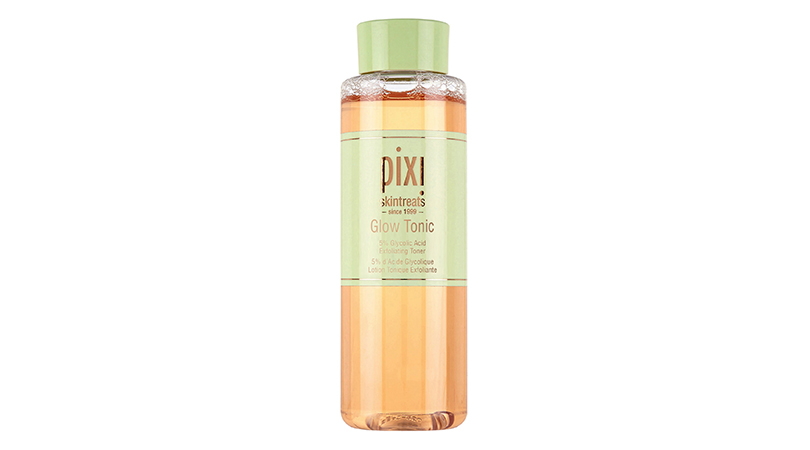 AHAs or alpha-hydroxy acids consist of lactic, malic, tartaric, citric, mandelic and glycolic acids; they work by breaking down cell bonds and promoting the exfoliation of the surface layer (and sometimes deeper layers) of your skin. When applied topically, AHAs have been shown to stimulate collagen in the skin while sloughing off them mid layers of skin cells; this is what people mean when they claim that AHAs “promote cellular turnover.” One of the most commonly used AHAs is glycolic acid, and when used in a low concentration (i.e. under %10), it’s gentle enough for daily usage. A superstar exfoliating toner is Pixi’s Glow Tonic ($18), which supplements its 5% glycolic concentration with calming aloe water and re-energizing ginseng extract.
AHAs or alpha-hydroxy acids consist of lactic, malic, tartaric, citric, mandelic and glycolic acids; they work by breaking down cell bonds and promoting the exfoliation of the surface layer (and sometimes deeper layers) of your skin. When applied topically, AHAs have been shown to stimulate collagen in the skin while sloughing off them mid layers of skin cells; this is what people mean when they claim that AHAs “promote cellular turnover.” One of the most commonly used AHAs is glycolic acid, and when used in a low concentration (i.e. under %10), it’s gentle enough for daily usage. A superstar exfoliating toner is Pixi’s Glow Tonic ($18), which supplements its 5% glycolic concentration with calming aloe water and re-energizing ginseng extract.
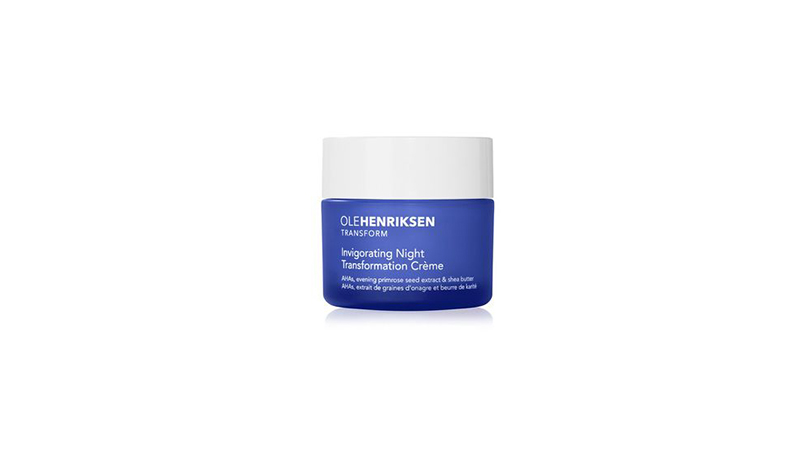 The thing is, even within AHA and BHA classifications, acids work differently. Glycolic and lactic acids are both popular over-the-counter exfoliating treatments, but they have varying intensities: glycolic acid’s smaller molecular structure means it can penetrate deeper, but that also makes the risk of inflaming your skin much higher, whereas lactic acid’s larger size prevents it from sinking in too deep, making it a milder exfoliator overall. Each acid can also have unique side effects: glycolic acid is an effective oil-control chemical, while the lactate that lactic acid produces is actually an additional source of hydration. If you’re looking for a new AHA product but fear for your delicate or sensitive skin, try a night cream that can work while your skin heals, like OLEHENRIKSEN’s Invigorating Night Transformation Créme ($62) which exfoliates by way of lactic and glycolic action but also intensely nourishes thanks to shea butter and evening primrose seed.
The thing is, even within AHA and BHA classifications, acids work differently. Glycolic and lactic acids are both popular over-the-counter exfoliating treatments, but they have varying intensities: glycolic acid’s smaller molecular structure means it can penetrate deeper, but that also makes the risk of inflaming your skin much higher, whereas lactic acid’s larger size prevents it from sinking in too deep, making it a milder exfoliator overall. Each acid can also have unique side effects: glycolic acid is an effective oil-control chemical, while the lactate that lactic acid produces is actually an additional source of hydration. If you’re looking for a new AHA product but fear for your delicate or sensitive skin, try a night cream that can work while your skin heals, like OLEHENRIKSEN’s Invigorating Night Transformation Créme ($62) which exfoliates by way of lactic and glycolic action but also intensely nourishes thanks to shea butter and evening primrose seed.
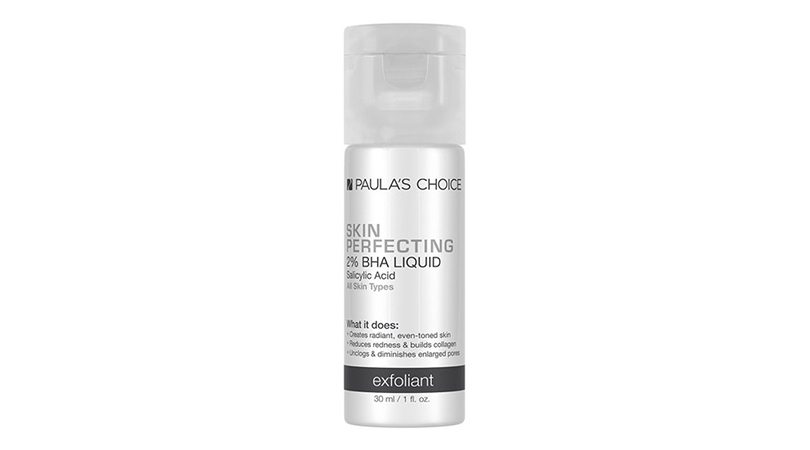 BHAs or beta-hydroxy acids are different from AHAs not only in chemical composition but in behaviour as well: they penetrate deeper than AHAs because they’re oil-soluble, so they work on the root of your pores instead of just on the surface. This makes them a heavy-duty exfoliator and an excellent source of oil control since BHAs refine pore size as they are applied. Salicylic acid is one of the most prominent BHAs and is often included in acne-fighting and anti-bacterial face washes, but, word to the wise: it can also be seriously drying. But if you do have acne-prone or oily skin or want to reduce pores or even fine lines, a titan in the field is the Skin Perfecting 2% BHA Liquid ($38) that won Paula’s Choice its cult following and can also be used on all skin types.
BHAs or beta-hydroxy acids are different from AHAs not only in chemical composition but in behaviour as well: they penetrate deeper than AHAs because they’re oil-soluble, so they work on the root of your pores instead of just on the surface. This makes them a heavy-duty exfoliator and an excellent source of oil control since BHAs refine pore size as they are applied. Salicylic acid is one of the most prominent BHAs and is often included in acne-fighting and anti-bacterial face washes, but, word to the wise: it can also be seriously drying. But if you do have acne-prone or oily skin or want to reduce pores or even fine lines, a titan in the field is the Skin Perfecting 2% BHA Liquid ($38) that won Paula’s Choice its cult following and can also be used on all skin types.
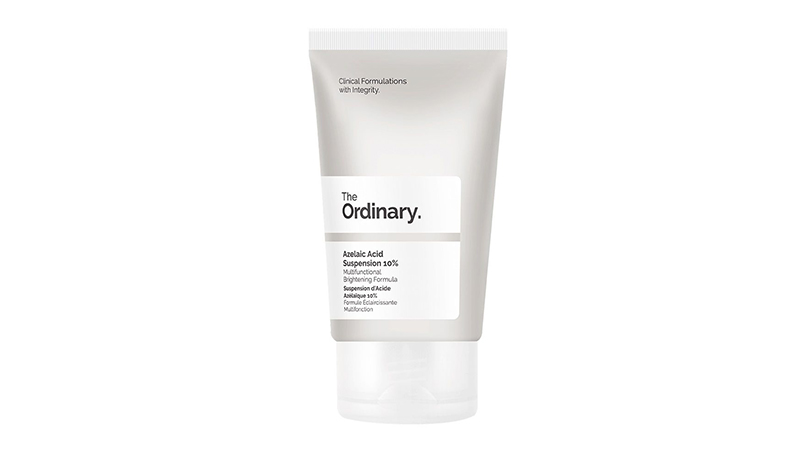 Finally, a key acid that is simply not talked about enough these days is azelaic (az-uh-lay-ick) acid, which is actually very popular in Icelandic and Asian skincare circles and is distinct from the AHA-BHA families. Azelaic acid is naturally found in the skin and is a powerful antioxidant, but it can also be extracted from fermented yeast and barley and reapplied onto the skin to fight hyper-pigmentation and inflammation. The exfoliating nature of this acid prevents dead skin from becoming lodged in pores and that azelaic acid is also gently antibacterial, which makes it the perfect first-timer acid to try if you’re looking for more even skin tone as well as smoother skin. God bless The Ordinary for finally bringing the AA to North America: the Azelaic Acid Suspension 10% ($8) comes in a one-texture-fits-all gel cream formulation that absorbs very easily and does actually noticeably brighten skin tone if you pay close enough attention.
Finally, a key acid that is simply not talked about enough these days is azelaic (az-uh-lay-ick) acid, which is actually very popular in Icelandic and Asian skincare circles and is distinct from the AHA-BHA families. Azelaic acid is naturally found in the skin and is a powerful antioxidant, but it can also be extracted from fermented yeast and barley and reapplied onto the skin to fight hyper-pigmentation and inflammation. The exfoliating nature of this acid prevents dead skin from becoming lodged in pores and that azelaic acid is also gently antibacterial, which makes it the perfect first-timer acid to try if you’re looking for more even skin tone as well as smoother skin. God bless The Ordinary for finally bringing the AA to North America: the Azelaic Acid Suspension 10% ($8) comes in a one-texture-fits-all gel cream formulation that absorbs very easily and does actually noticeably brighten skin tone if you pay close enough attention.
A few final words of wisdom if you’re new to acids: always start slowly and use them once or twice a week instead of every day to help your skin build up tolerance; and always, always, use a daily sunscreen (yes, even in the winter months!) as your skin can become more sensitive to the sun and be more prone to pigmentation/dark spots, which is exactly the reverse of what you want these acids to do.









